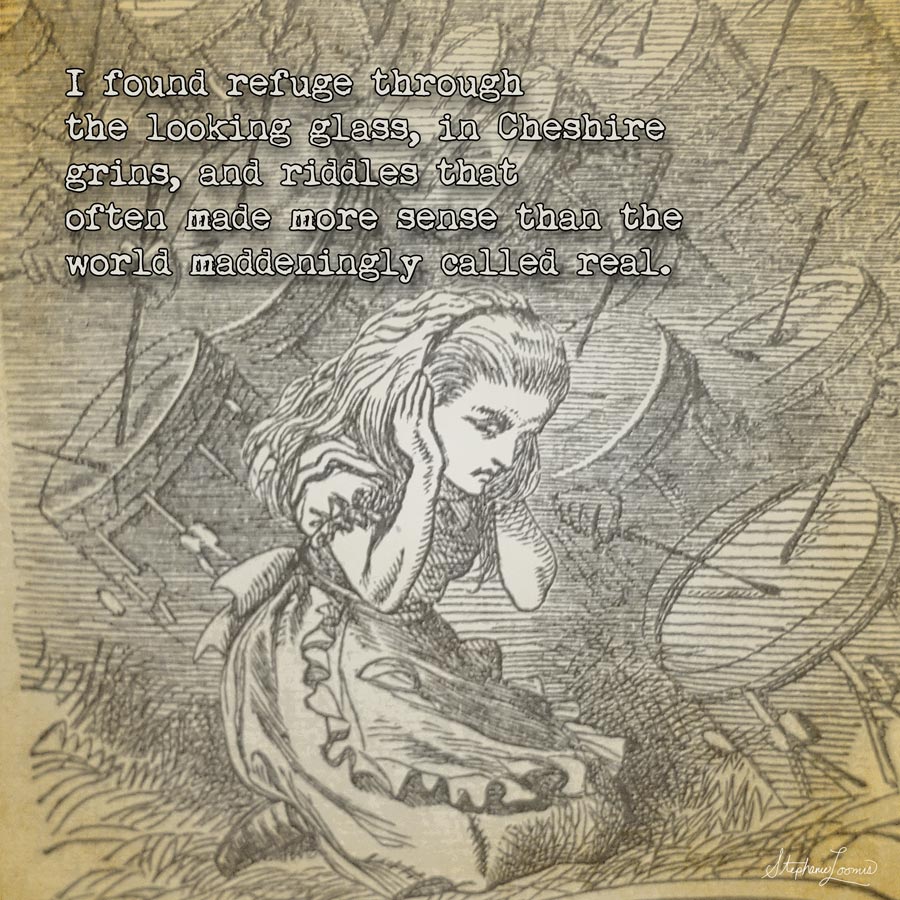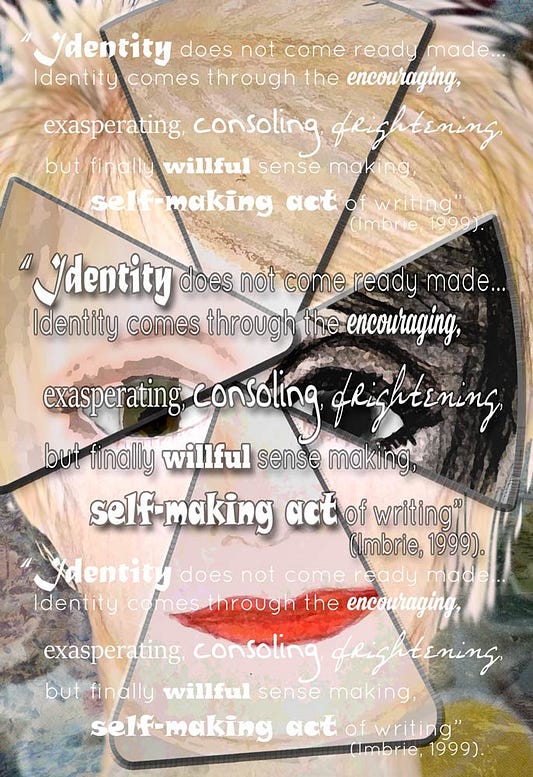It’s been two months since I wrote part one. CRT continues to be defined and redefined in social spaces, and there is no single consensus on what it actually means. People continue to argue about whether CRT should be taught in schools, but neither side takes two minutes to say exactly what they mean by CRT and what exactly teaching CRT looks like.
It’s amazing to me that our social discourse is so broken that we are quick to argue without agreeing to the terminology of the debate. Having an opinion automatically puts people to one side or the other, without even mentioning the possibility of a space in between. It puts people like me in an awkward position. I see multiple angles to the conversation. Critical Theory is one of many ways to interpret positionality, events, and systems. It is a broad brush that does not discriminate between groups and the individuals within those groups.
It is the broad brush that creates most of the chaos. Generally speaking, conservatives in the US of every racial group focus attention on the individual. Individual rights, individual responsibilities, and individual consequences form the central philosophy of the conservative movement. It is not a movement of callous indifference or lack of empathy. Rather, it is a philosophy of the power of one person to change the self, the situation, and the results. It is a philosophy that says, “I made some mistakes. What can I learn and how can I improve my situation?” It is a philosophy that scorns big government in favor of limited and local politics because it is the local power that has direct influence over the individual.
On the other side, progressives in the US of every racial group focus on the collective. They may direct their actions to promote the common good, even when it means stepping on individual toes. Corporate well-being, collective progress, and group benefit are at the core of the progressive movement. It is not a disregard for individualism per se, but it seeks to merge individuals into groups that can make broad changes by the power of the group. It is a philosophy that says, “One group of people should not be elevated over another group. The structures of oppression must fall so that everyone might enjoy the reward of our common striving.” It is a philosophy that prefers movements of groups to individuals, and the broader the scale of the group, the more power it has to change culture and society.
There is a middle ground that many people adhere too, but do not discuss at length because the rhetoric of the two sides drowns out their voices. Often they are silenced before they complete a single line of thought because the sides assume that “if you aren’t for us, you are against us.” It’s a problematic way of thinking that only exaggerates and amplifies the voices that have chosen sides.
The middle ground philosophically recognizes the role and responsibility of the individual to make personal choices that promote the common good. It recognizes the character of groups as able to move agendas, but also notes that one agenda or another may not be beneficial to other groups or individuals within groups. It is problematic because what might be for the common good of some is not necessarily the common good for others.
Covid19 provided multiple opportunities to see all three philosophies in action. On one side are the conservative individualist recommending vaccines and masks, but avoiding mandates. On the other side are the progressive collectivists who demand masks, vaccines, and closed societies to protect those who can’t or won’t protect themselves. In the middle are the people who recognize that there may be times when mandates are required for certain segments of a population, but that individuals for the most part should be able to weigh the risks and rewards and determine for themselves what they will do. If a business chooses to mandate masks, individuals choose to either mask up or go elsewhere.
How does Critical Theory fit these philosophies? By concentrating the lens of power to either groups or individuals. People in the middle are often ignored or assumed to be on the “other” side. Critical Theory relies on the principle of oppressed and oppressors. It is a false binary, but it resonates with people and people groups who feel unseen, unheard, and underappreciated.
Paulo Freire is one hero of critical theorists. He divides people into two groups: oppressors and oppressed. He does not account for a middle class that is neither oppressed nor oppressor. Perhaps the middle class and working class are absent in Critical Theory, but ignoring the largest percentage of a population makes CT purely theoretical and decidedly impractical. It also means that there can never be resolution because the conversation only includes voices on either extreme of the debate.
Freire (1970) wrote his Pedagogy of the Oppressed dedicated “to the oppressed, and to those who suffer with them and fight at their side.” A noble sentiment- and elitist at its core. I have yet to see academia address the inherent elitism in the text. “Those who suffer with them” is an impossibility. No one can suffer the hardships, oppressions, and sorrows of another. Those who claim to “suffer with” the oppressed in the US don’t often sell what they possess and give to the poor (see Matthew 19:21). And it seems the more people have, the less likely they are to give it all away to become truly co-sufferers with the oppressed. Granted, I paint with broad strokes here, but it doesn’t take long on any search engine to find celebrities and social media influencers who talk a big game, but don’t make themselves equal to the suffering and oppressed. There are those who DO sell everything and go so they can make a different in the lives of others, and those are the few who understand the idea of self-sacrifice for the common good.
Freire’s solution to bridging the gap between oppressors and oppressed does not have a home in out current divisive culture. His solution was education as a mutual process between learners and dialogue or, as he put it “dialogical action and its characteristics: cooperation, unity, organization, and cultural synthesis.”
In short, the key element of reconciliation is lacking in today’s society: communication. Cultural synthesis, where all cultures are honored and shared only comes through cooperation made possible by conversation. De-centering “whiteness” should actually be de-centering self, from the elites through the middle and working classes, to the poorest among us. When each person celebrates both the similarities that make us human (individualism) and the differences that make us beautiful (group identifications) then there may be hope for something resembling equity.
Whether enough individuals are willing to set aside their differences for a short time to promote unity is another thing altogether.









You must be logged in to post a comment.